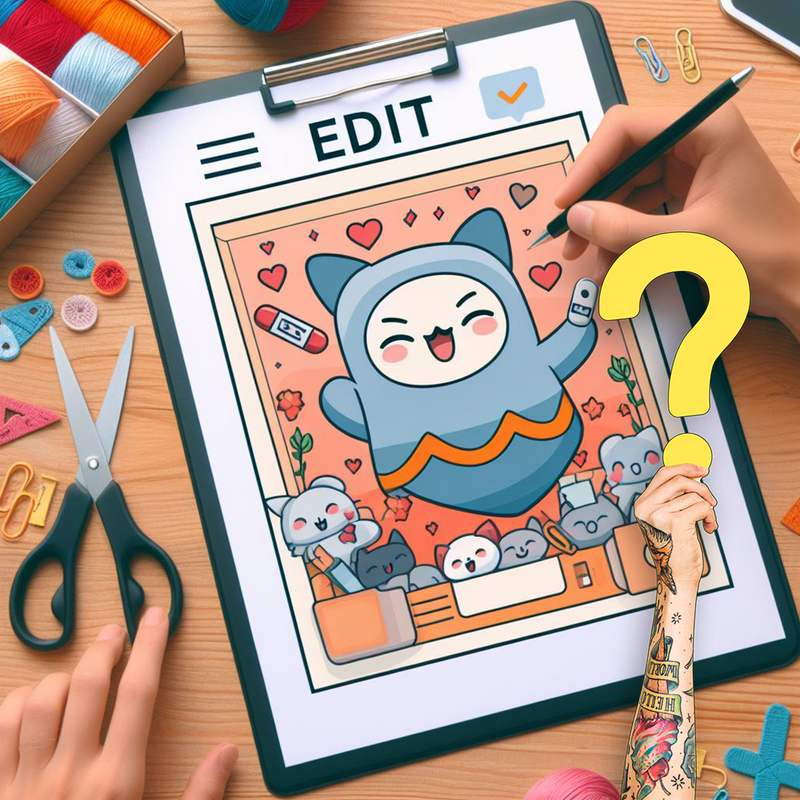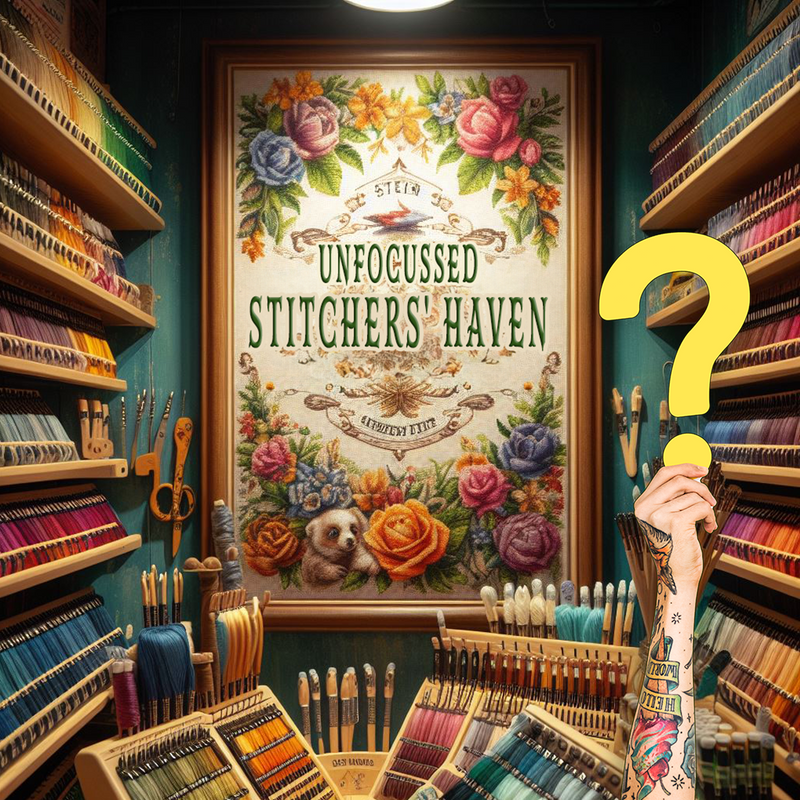Welcome to our latest post, where we dive into the intricacies of cross stitch patterns and how to adapt them for various fabric counts. Whether you’re a beginner or a seasoned stitcher, understanding how to work with different fabrics can enhance your stitching experience. Let's tackle some common questions.
1. What is a 25ct Evenweave, and why is it recommended for certain patterns?
25ct Evenweave refers to a type of fabric commonly used in cross stitching that has 25 threads per inch. It's recommended for detailed patterns because its fine texture allows for intricate designs and a smoother finish. The term 'Evenweave' implies that the fabric is uniformly woven, ensuring consistent stitch size.
2. Can I use a different fabric count than what’s recommended?
Absolutely! Cross stitch patterns can be adapted to different fabric counts. However, the size of the finished work and the texture of the stitches will vary. For example, stitching a pattern designed for 25ct Evenweave on 14ct Aida will result in a larger finished piece with more prominent stitches.
3. How do I adapt a pattern for a different fabric count?
To adapt a pattern, first determine the desired finished size of your piece. Then, calculate the number of stitches per inch you will have on the new fabric count. Divide the total number of stitches in the pattern by this number to find the new dimensions of your work. Remember to adjust your thread thickness and needle size accordingly.
4. Will the colors look different on a different fabric count?
Colors may appear slightly different on various fabric counts due to the size of the stitches and the background fabric. Lighter fabrics tend to make colors appear brighter, while darker fabrics may require more strands of thread to achieve the same color intensity.
5. What should I do if the adapted size doesn’t fit my frame or project goal?
If the adapted size doesn’t meet your requirements, consider modifying the fabric count or adjusting the scale of the pattern. Sometimes, creating a border or changing the layout can help the design fit your project dimensions better.
Remember, cross stitching is a flexible and creative endeavor. Don’t be afraid to experiment with different fabrics and counts. The most important thing is to enjoy the process and make it your own!






















